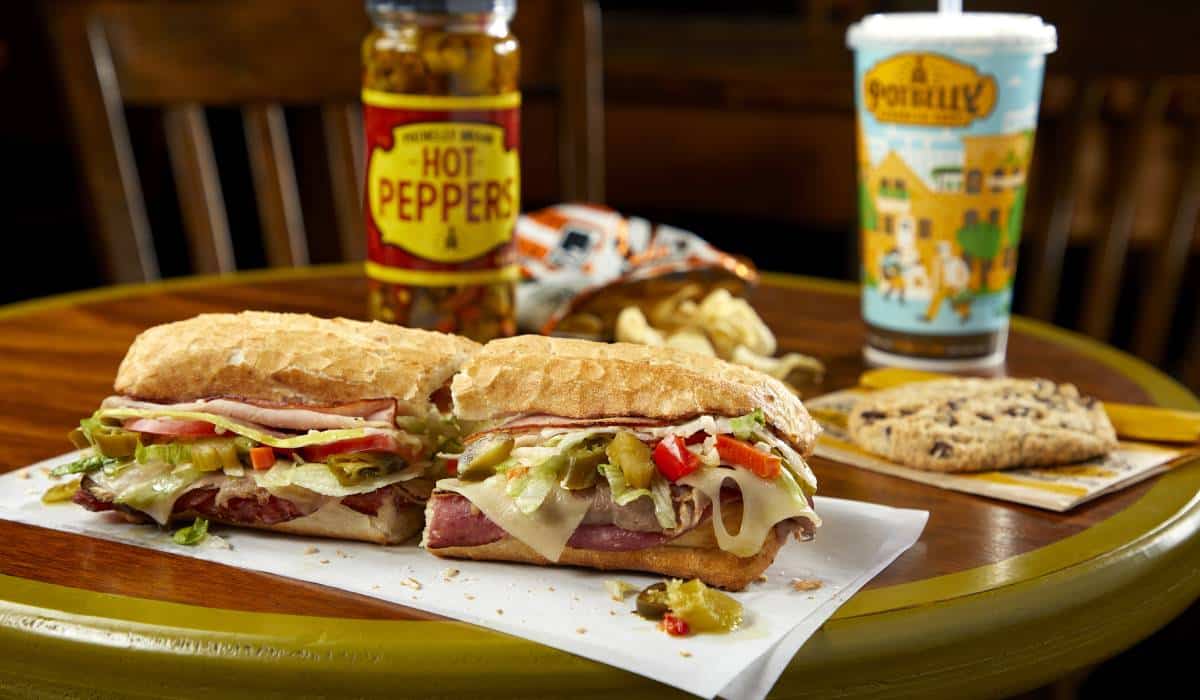Though 2013 has just begun, restaurant operators should keep at least one eye on 2015, when new credit card standards will begin to reshape how most customers pay for goods and services.
By October 2015, all restaurants and other merchants will be subjected to new Europay, Mastercard, and Visa (EMV) standards, which reflect a shift from magnetic-stripe credit cards to chip-and-pin cards. Considered safer and widely used across Europe and other nations, the chip-based cards require insertion of the card into a terminal throughout the entire transaction.
“That’s going to be a change in behavior that restaurants and retailers are going to have to adapt to, as well as consumers,” says Mike English, executive director of product development for Heartland Payment Systems, which processes about one in seven restaurant industry transactions.
EMV compliance is required for credit card acquirers and processors, though it’s not mandated for merchants and processors. But merchants who don’t meet compliance by October 2015 will assume liability for fraudulent purchases—a shift that is poised to drive many to adopt the new standards and avoid the risk.
English says the change does come with a share of good news for operators. First, the chip-based cards are less susceptible to fraud. U.S. adoption will also allow for increased interoperability between domestic and international markets as things move to a more global credit card standard.
“The U.S. is the last bastion of the [magnetic] stripe,” English says. “Every other country and every other continent, with the exception of Antarctica, has moved over to EMV.”
The shift means restaurants across the country will have to review their point-of-sale systems, including in-store hardware and software. The transition could prove easier for small operations, which may be able to move to EMV by simply adding a new external pin pad. But the larger quick-serve chains will likely have to invest heavily as they look to upgrade thousands of terminals and systems.
And while the change is still a ways off, experts say the move could influence operators’ purchase of POS equipment; some may want to delay purchases planned for the next couple of years, while others will speed up their upgrades to obtain EMV compliance by the 2015 deadline.
For Dallas-based Wingstop, the shift to EMV will likely be handled through installing add-on devices to existing POS terminals, says vice president of technology Jason McEachern. He expects the transition will be easier for Wingstop than some other brands because the 550-unit chain typically has only two or three terminals in each store.
McEachern says operators should be prepared to invest time and energy to meet new standards.
“It’s going to be different,” he says. “And there is going to be an expense. Even if you have compliant devices, at some point in the future you’re still going to have some legacy elements you’re going to deal with.”
But the new EMV standards shouldn’t detract from a restaurant’s commitment to PCI compliance, says Bob Russo, general manager of the PCI Security Standards Council, a nonprofit that establishes standards for all organizations that store, process, or transmit credit card data. In fact, Russo says, EMV and PCI standards are best used together, as merchants do in many European countries that meet both standards.
“Even in the very mature [EMV] markets, people are realizing that EMV alone, while a good fraud tool in the face-to-face environment, is not really enough to protect everything,” he says. “We don’t see any downgrading of PCI at all.”
While operators may lament the costs associated with meeting another set of standards, Russo says, the upgrades will save operators heartache and cash in the long run through improved data security.
Russo expects to see larger merchants add EMV terminals this year as credit card companies begin to issue more chip-based cards. Then it will take time—some estimate as many as seven to 10 years—for chip-based cards to become fully integrated into the marketplace.
“You’re probably looking at two to three years before you begin to see it really becoming ubiquitous out there,” Russo says. “It’s a rather slow conversion over to EMV. But it’s definitely coming.”













